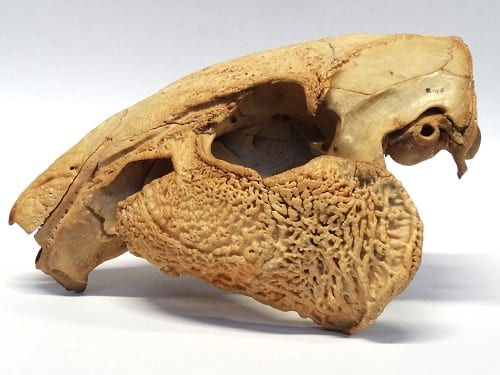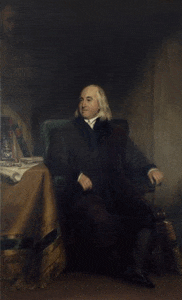Ordinary Animals and sex: choosing the right partner
By Jack Ashby, on 29 November 2017
The Grant Museum’s current exhibition – The Museum of Ordinary Animals: The Boring Beasts that Changed the World - explores the mundane creatures in our everyday lives. Here on the blog, we will be delving into some of the stories featured in the exhibition with the UCL researchers who helped put it together.
Guest post by Professor Judith Mank (UCL Genetics, Evolution and Environment)
In many animals, females are pickier about choosing their mates than males are, since they invest more in their offspring than males do. By choosing high quality mates, females give their offspring a good chance of inheriting their fathers’ beneficial traits. This will help the young in their own search for mates, thereby increasing the chances that the original female’s genes will be passed down through the generations.
 Close
Close







